What is Sustainable Agriculture?
What is Sustainable Agriculture?
Sustainable agriculture refers to farming methods that can provide food for both the present and the future without harming nature. In this article, we’ll explore the definition of sustainable agriculture, why it matters, and the various approaches being practiced today.―
A Cinematic Warning, and Innovations in Urban Farming
―Do you remember the animation WALL·E?It tells the story of a little robot tirelessly cleaning up a planet Earth covered in waste.Early in the film, the Earth is shown completely smothered in gray dust with no trace of greenery. It feels less like a fantasy and more like a warning of what could happen if we exploit nature recklessly.But this is not just a movie scenario. According to the Food and Agriculture Organization of the United Nations (FAO), as of now, about 33% of the world’s farmland is severely degraded. The primary reasons are excessive use of chemical fertilizers and indiscriminate overproduction. (Resource: 2020 Restoring the Earth - The next decade)Current farming has gone beyond nature’s limits.―
The Solution: Sustainable Agriculture
―So, what direction should we take?FAO defines sustainable agriculture as:“Agricultural practices that meet the food needs of the present and future generations while conserving natural resources.”In simpler terms, sustainable agriculture means farming wisely—feeding ourselves well today while also considering tomorrow. It’s about protecting the environment while ensuring our food supply remains healthy and secure.Farming in harmony with nature is the only path that will allow both the Earth and humanity to thrive for generations to come.
―Why is Sustainable Agriculture Important?
―Today’s agriculture is one of the leading causes of environmental destruction. According to the World Wide Fund for Nature (WWF), 24% of global greenhouse gas emissions come from agriculture, mostly from chemical fertilizers and large-scale livestock farming .(Source: 2024 Living Planet Report)<The chart below illustrates the devastating impact of global food systems>CategoryPercentageDescriptionGreenhouse gas emissions27% Responsible for over a quarter of global emissionsFreshwater usage70% Consumes the majority of the world’s freshwaterImpact on endangered species86% 86% of threatened species are affected by food productionTropical deforestation90% 90% of tropical deforestation is due to farmland expansionLivestock farming82% 82% of farmland is used for grazing or producing animal feedShocking, isn’t it? But there’s hope. The FAO reports that farms adopting sustainable practices have improved profitability, enhanced soil health, and boosted carbon absorption.As of 2024, 20% of global agriculture had transitioned to sustainable practices—a 5% increase from the previous year—showing rapid progress.For more on climate change, see:⇊Net Zero: The Only Way Earth Can SurviveEarth is Broiling: The Culprit is… Anthropocene?―
Farms Emerging in the Heart of Cities
―“Farms in the middle of cities?”It may sound unbelievable, but it’s real. Lettuce grows on rooftops in New York, tomatoes ripen inside Tokyo subway stations,and basil thrives in Seoul’s urban smart farms.Why is this happening?• Climate change has made traditional farming less stable (droughts, floods, extreme weather).• Consumers now demand local and fresher food.• Surprisingly, cities have plenty of unused spaces.Thus, cities are transforming from food consumers into food producers.―
Farming Without Soil
―“Farming without soil?”Yes, it’s possible!▶ Vertical Farming▶ Hydroponics▶ AquaponicsThese methods allow crops to grow without soil, using LED lighting and artificial intelligence to precisely control growth.According to the World Economic Forum (WEF),vertical farming can reduce water usage by up to 98% and increase productivity by more than 10 times compared to traditional farming● Water savingsVertical farming grows crops using a hydroponic system, which continuously recycles water and delivers only the precise amount needed for plant growth. In other words, there is almost no water waste.● Space efficiencyBy stacking layers vertically, more crops can be harvested in the same area.● Urban suitability Crops can be grown inside city buildings, cutting transportation distances and reducing carbon emissions.Challenges remain, however: high electricity use and steep installation costs. ―
Five Types of Sustainable Agriculture
― The food on our plates depends on farmers’ choices and soil health. Today’s trend is no longer about producing more, but about preserving nature and protecting the climate.Here are five farming practices shaping a sustainable future:① Organic Farming – Growing crops without synthetic chemicals. ▶ Global market size (2024): US$165 billion ▶ Example: A women’s cooperative in Masindi, Kenya grew maize, beans, and kale organically → Soil organic matter increased by 18%, CO₂ reduced by 1.2 tons per hectare annually.②Regenerative Agriculture – Restoring soil and absorbing carbon. ▶ Practices: Cover crops, no-tillage farming ▶ Example: Bahal Project in India → Reduced CO₂ by 180,000 tons, crop yields increased 22%.③ Smart Agriculture – Utilizing AI, IoT, and data ▶ Example: FreshFrame greenhouse in the Netherlands → Reduced water use by 60%, energy use by 45%, cutting 2,000 tons of CO₂ annually. ▶ Example: Mirai Smart Farm in Japan → Optimized fertilizer with AI, reducing carbon by 30%.④ Urban Farming – Turning empty city spaces into farms. ▶ Example: Citiponics in Singapore → Rooftop hydroponics in parking lots → 10 tons of vegetables annually, 30% CO₂ reduction.⑤ Carbon Farming – Reducing emissions while generating income. ▶ Example: Queensland, Australia → Reduced CO₂ by 120,000 tons, gained revenue through carbon credits. ▶ Example: Iowa, USA → Reduced 1.5 tons of CO₂ per hectare annually, benefited from USDA incentives.Sustainable agriculture is not just about protecting the environmentit also safeguards local economies, farmers’ health, and consumers’ quality of life.To learn more about sustainable production and consumption,please refer to the following articles:⇊What is a Circular Economy?Sustainable Consumption and Production to Save the PlanetThe Answer Lies in Nature: Nature-based Solutions\―Global Response: Agriculture is now a 'core policy.'―Agriculture is no longer seen solely as food production but as a core climate strategy. Governments and international organizations are investing in sustainable farming to cut emissions, protect soil and water, and secure food for the future• FAO: Warned in 2020 that agricultural output could fall by 20% by 2050; launched a $500 million global fund for sustainable agricultural technologies.• EU: Aims to convert 30% of agriculture to organic by 2030 and cut greenhouse gases by 30%, backed by subsidies.• USA: US Department of Agriculture (USDA) invested US$1 billion with 1,200 companies to expand smart agriculture using AI and IoT.• China: Plans to reduce fertilizer use by 30% by 2025, promoting eco-friendly farming.―
What We Can Do
―The question is no longer “Where should farms be?” but “What kind of farming should we choose?”Three actions we can take now:1. Choose local food – Save energy from transportation.2. Experience urban farming – Try community gardens or rooftop farms.3. Look for sustainable labels – Choose products with organic certification or carbon footprint reduction marks.For more on climate action, see:⇊What is Climate Action?―
Our choices change the future
―Agriculture is no longer just a farmer’s responsibility. Every small choice we make can shape the future of farming.A handful of local food at the market, or a pot of basil on the balconythese small acts become seeds for tomorrow’s sustainable farming.“We must preserve the environment for ourselves and future generations.\ Only then can we pass down a sustainable world that benefits everyone.”– Wangari Maathai, Kenyan environmentalist, politician, and 2004 Nobel Peace Prize laureateWritten by Sharon ChoiDirector of PlanningSunhak Peace Prize Secretariat
Further Reading : ▶ Net Zero: The Only Way Earth Can Survive ▶ Earth is Broiling: The Culprit is… ▶ Anthropocene? ▶ What is a Circular Economy? ▶ Sustainable Consumption and ▶ Production to Save the Planet ▶ The Answer Lies in Nature: Nature-based Solutions ▶ What is Climate Action?References and Sources :• FAO. Restoring the Earth’s Vitality for the Next Decade View official report• FAO. The State of the World’s Land and Water Resources for Food and Agriculture (SOLAW) View official report• WWF. Living Planet Report 2024: A System in Peril• World Economic Forum. Innovation with a Purpose: The Role of Technology Innovation in Accelerating Food Systems Transformation• EU Organic Certification Logo InformationEU Visit EU official website
13 October 2025
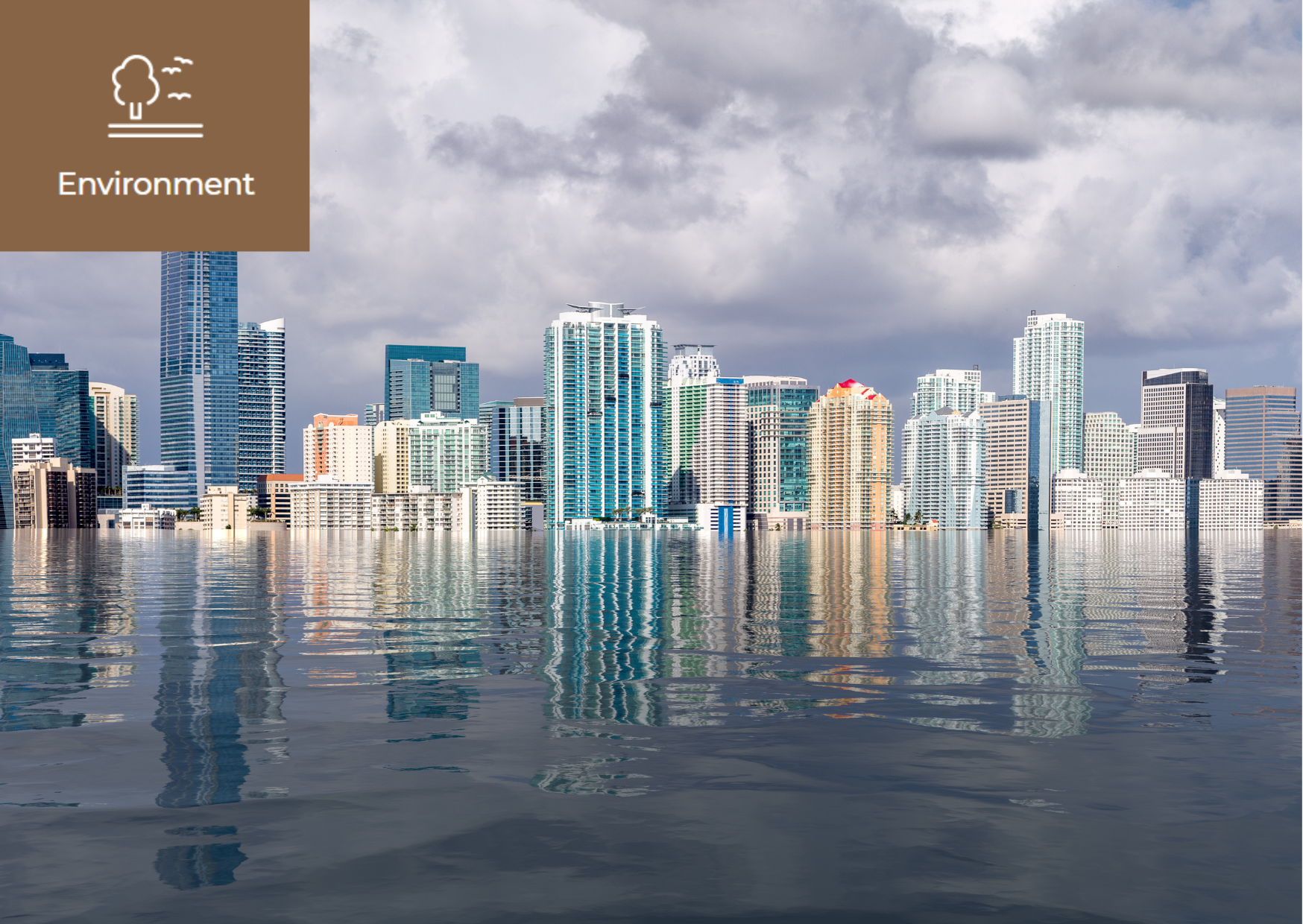 What is Sea Level Rise? 28 October 2024
What is Sea Level Rise? 28 October 2024 What is RE100? 3 October 2024
What is RE100? 3 October 2024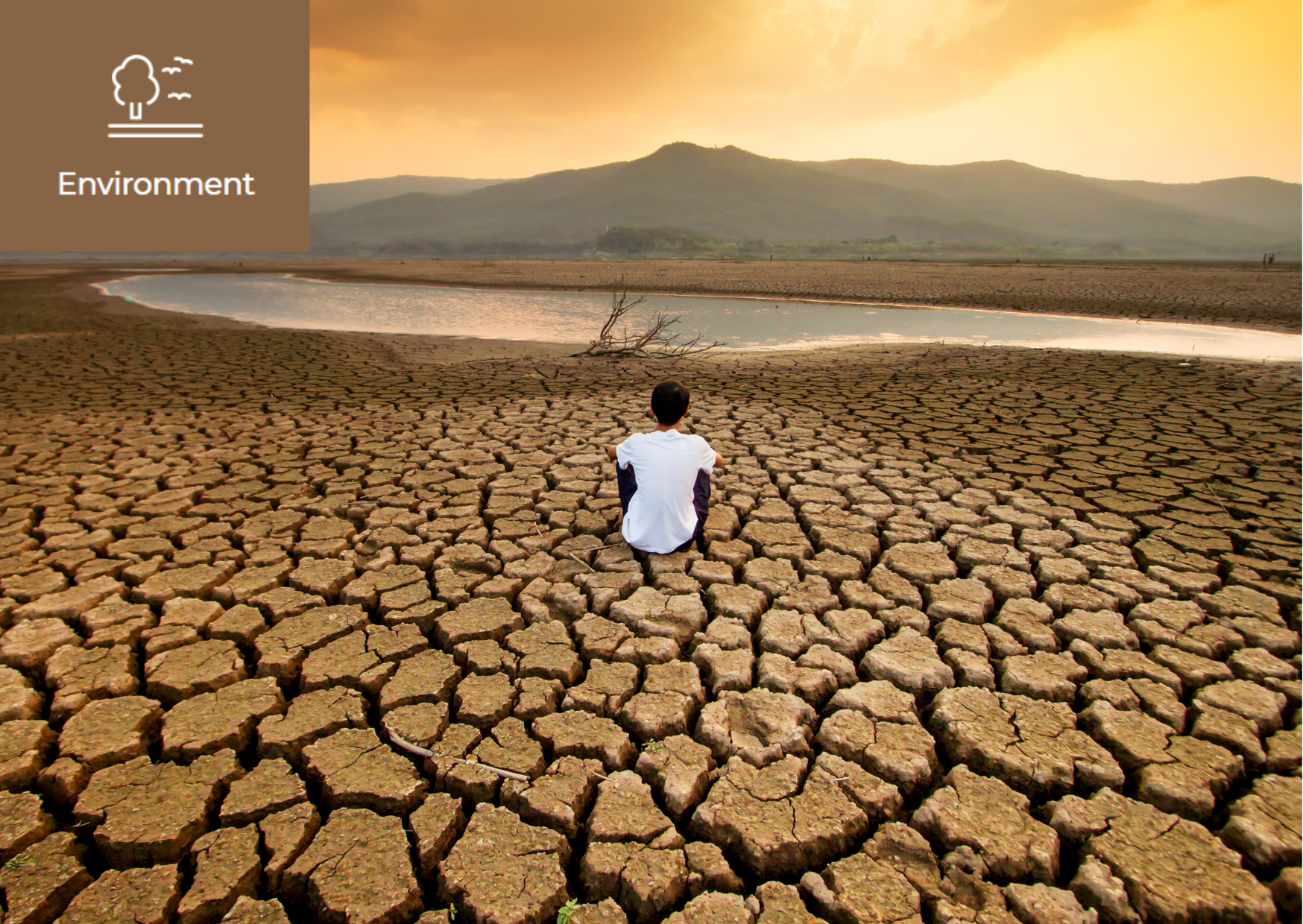 What are Countries Vulnerable to Climate Change? 9 August 2024
What are Countries Vulnerable to Climate Change? 9 August 2024 What are Wet-Bulb Temperatures? 27 May 2024
What are Wet-Bulb Temperatures? 27 May 2024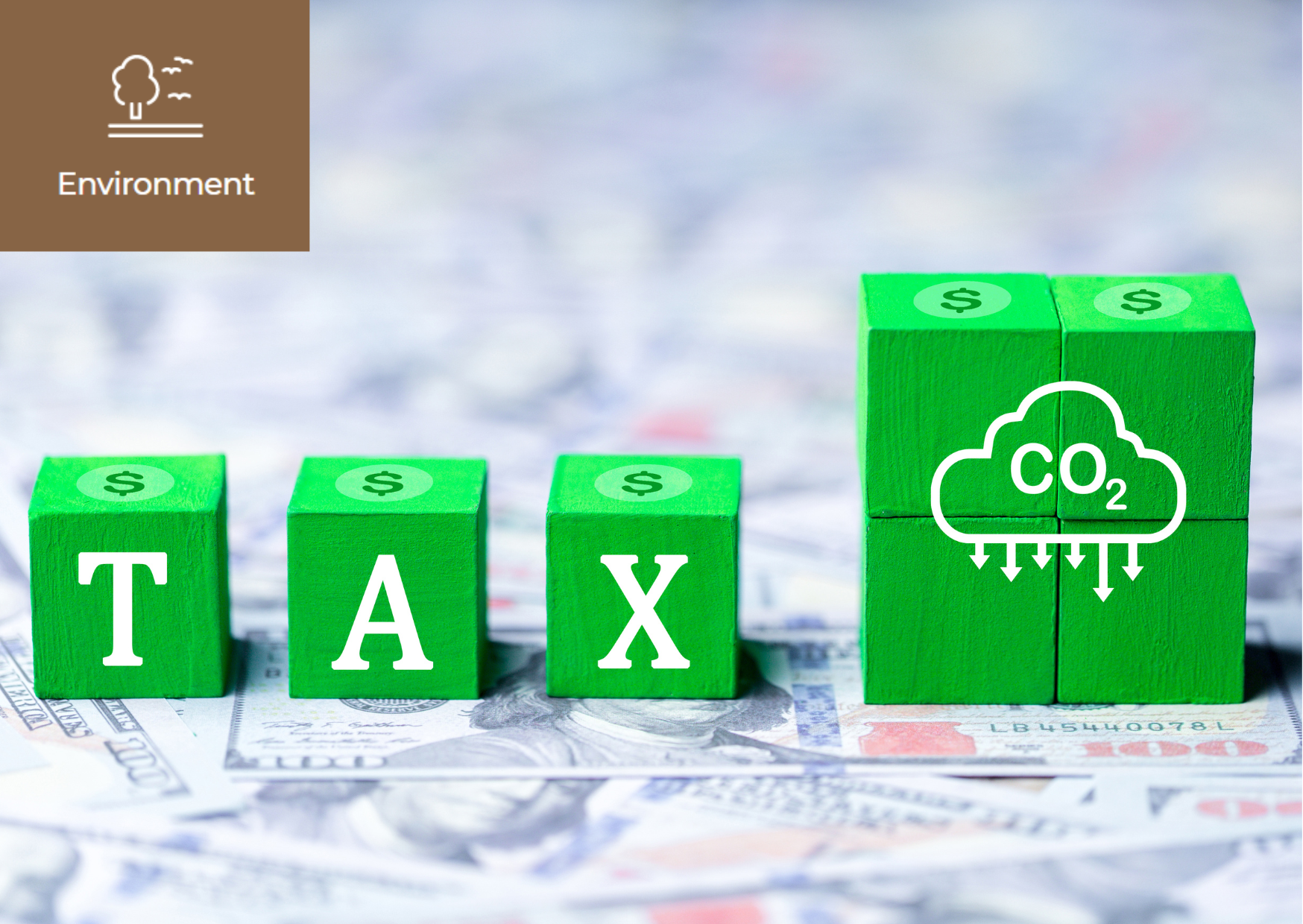 What is Carbon Tax? 19 February 2024
What is Carbon Tax? 19 February 2024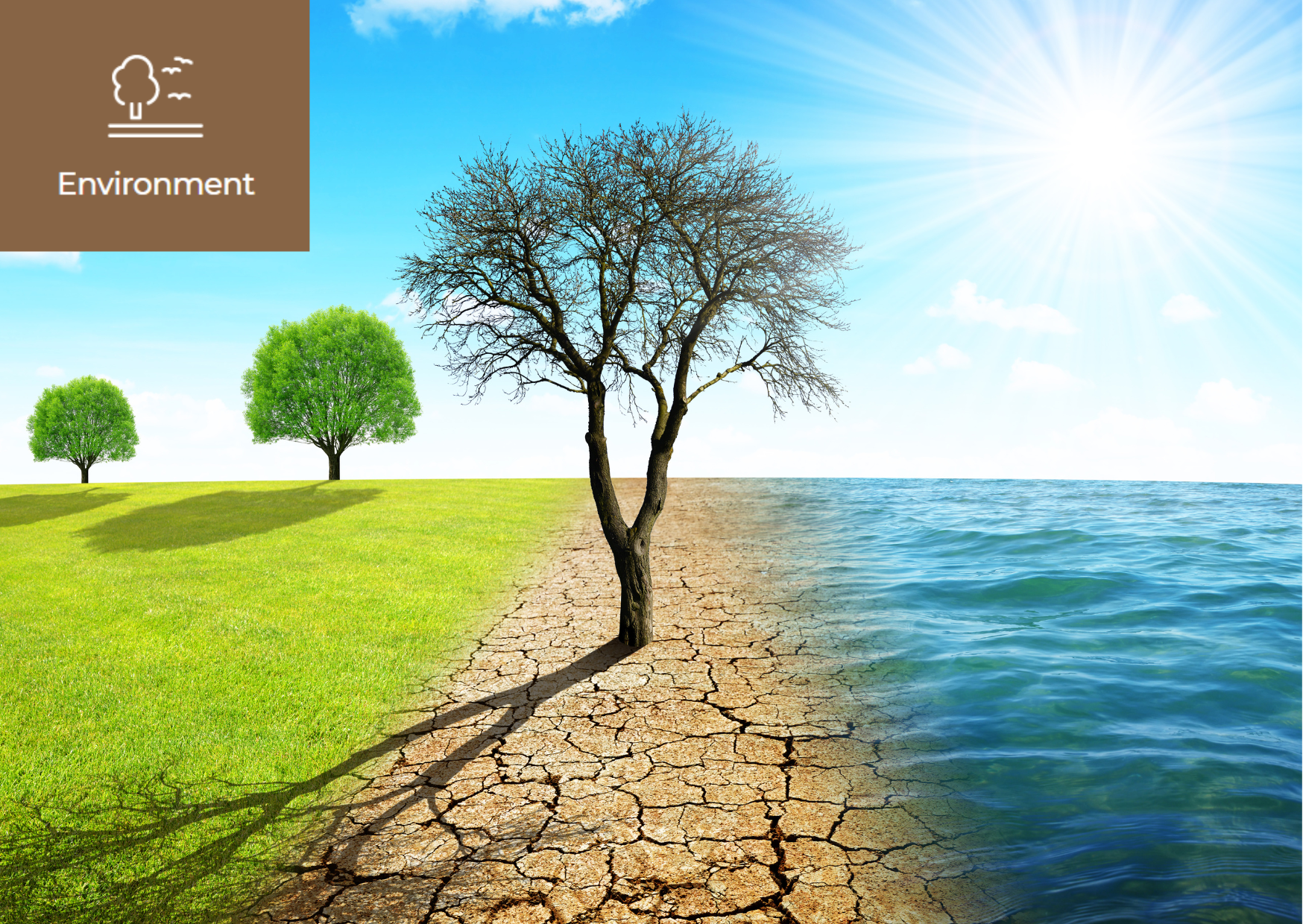 What is the IPCC(Intergovernmental Panel on Climate Change)? 23 January 2024
What is the IPCC(Intergovernmental Panel on Climate Change)? 23 January 2024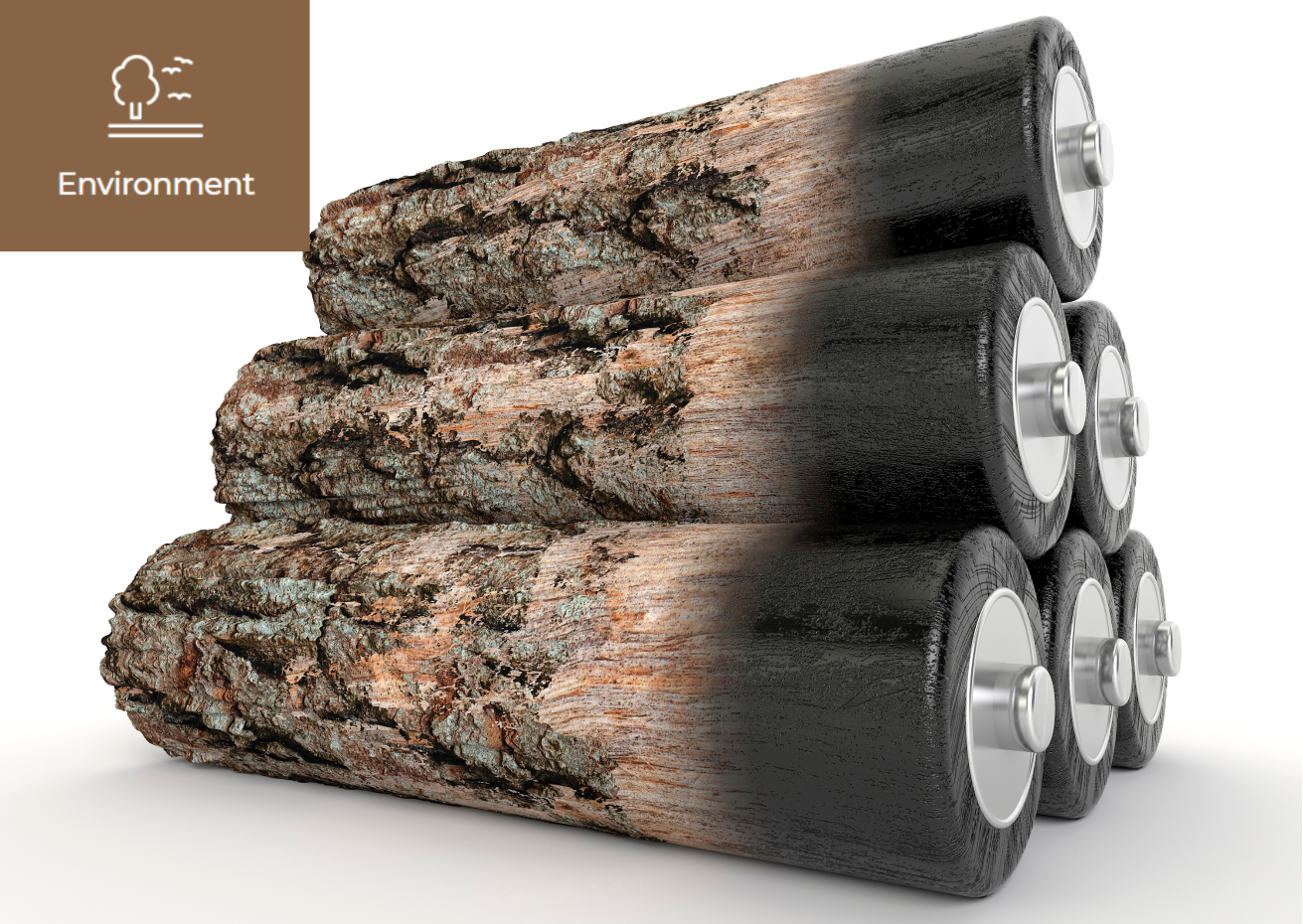 What is Biomass? 8 January 2024
What is Biomass? 8 January 2024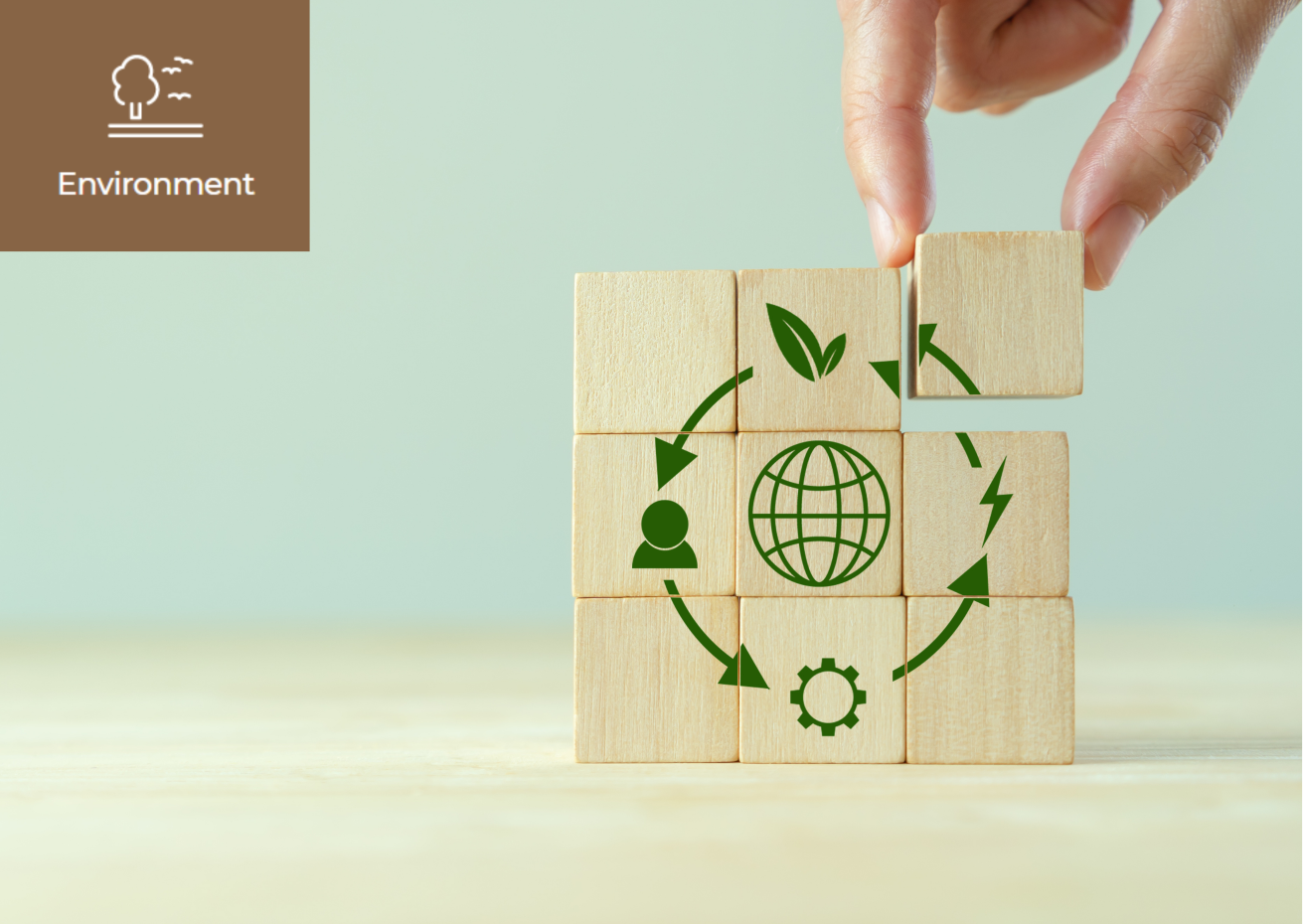 What is a Circular Economy? 11 December 2023
What is a Circular Economy? 11 December 2023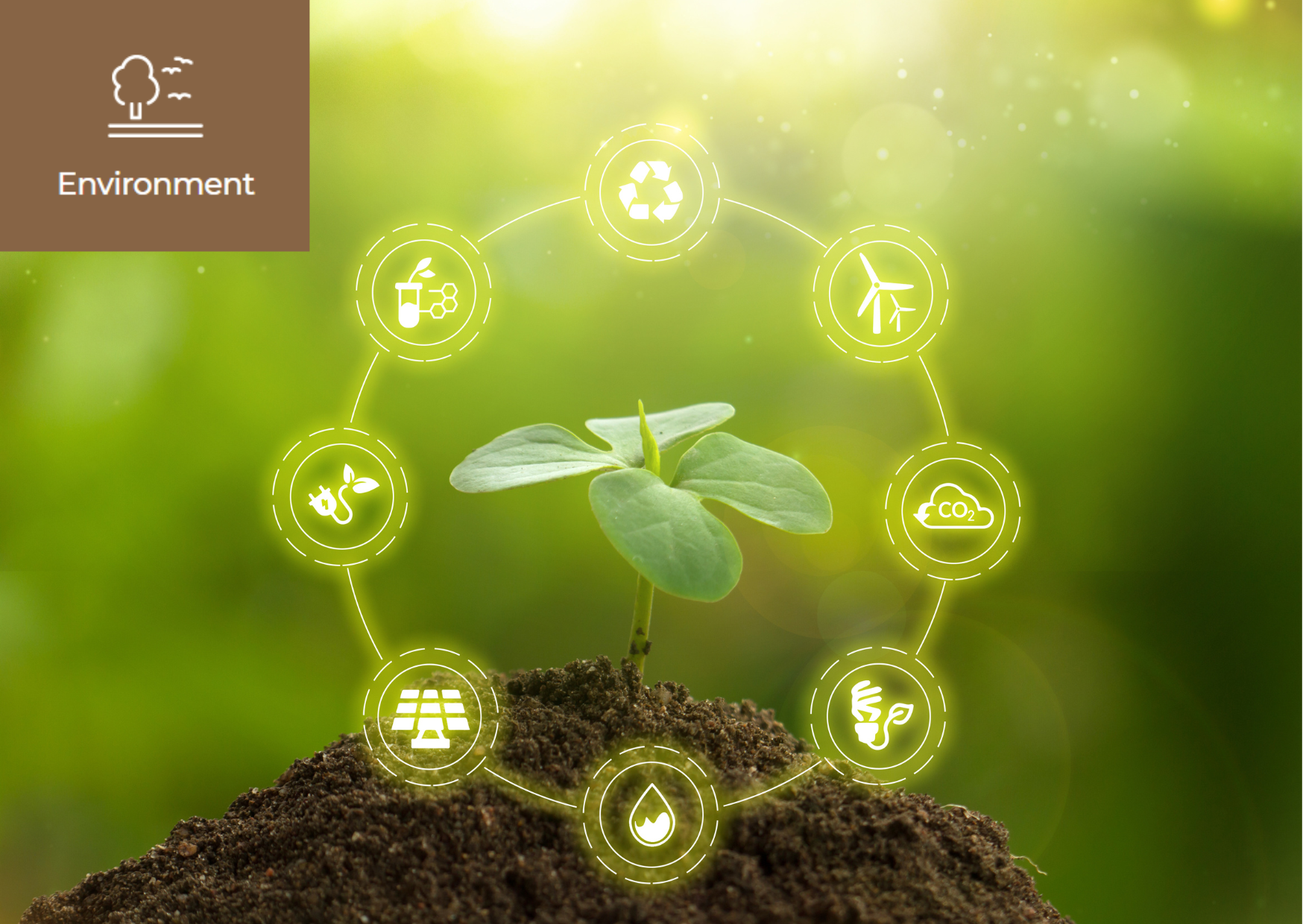 What are Green Skills? 27 November 2023
What are Green Skills? 27 November 2023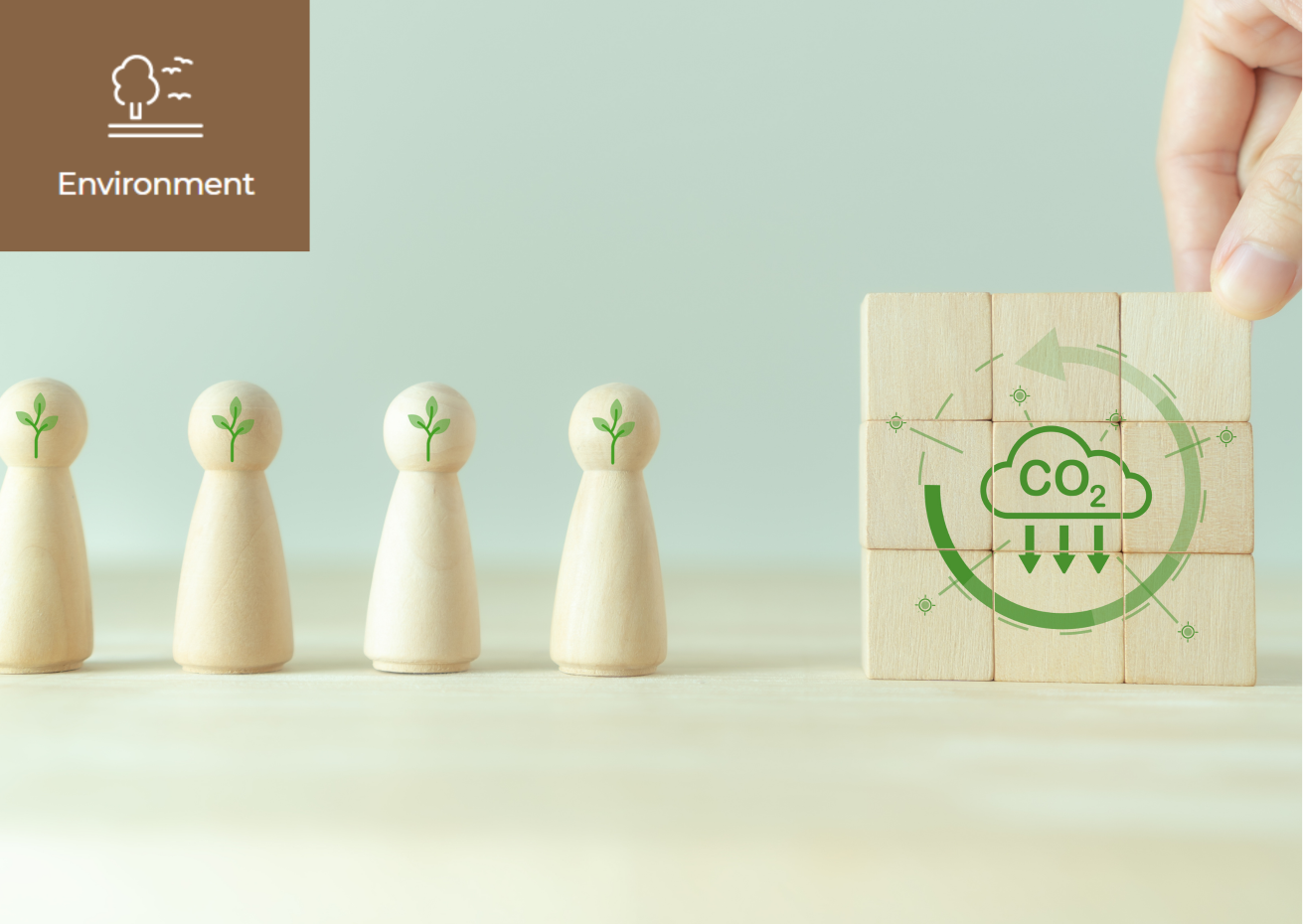 What is Climate Action? 13 November 2023
What is Climate Action? 13 November 2023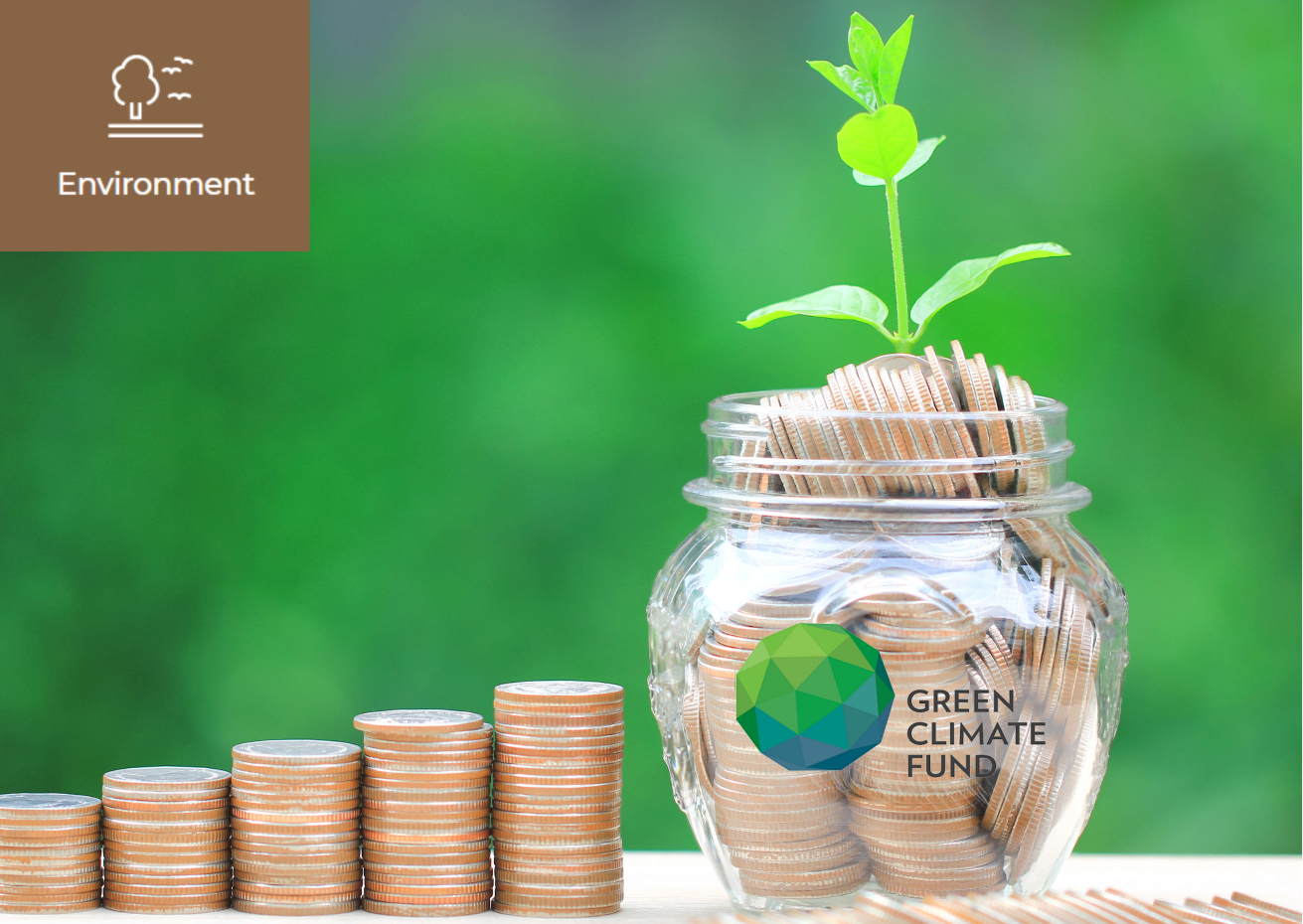 What is the Green Climate Fund? 30 October 2023
What is the Green Climate Fund? 30 October 2023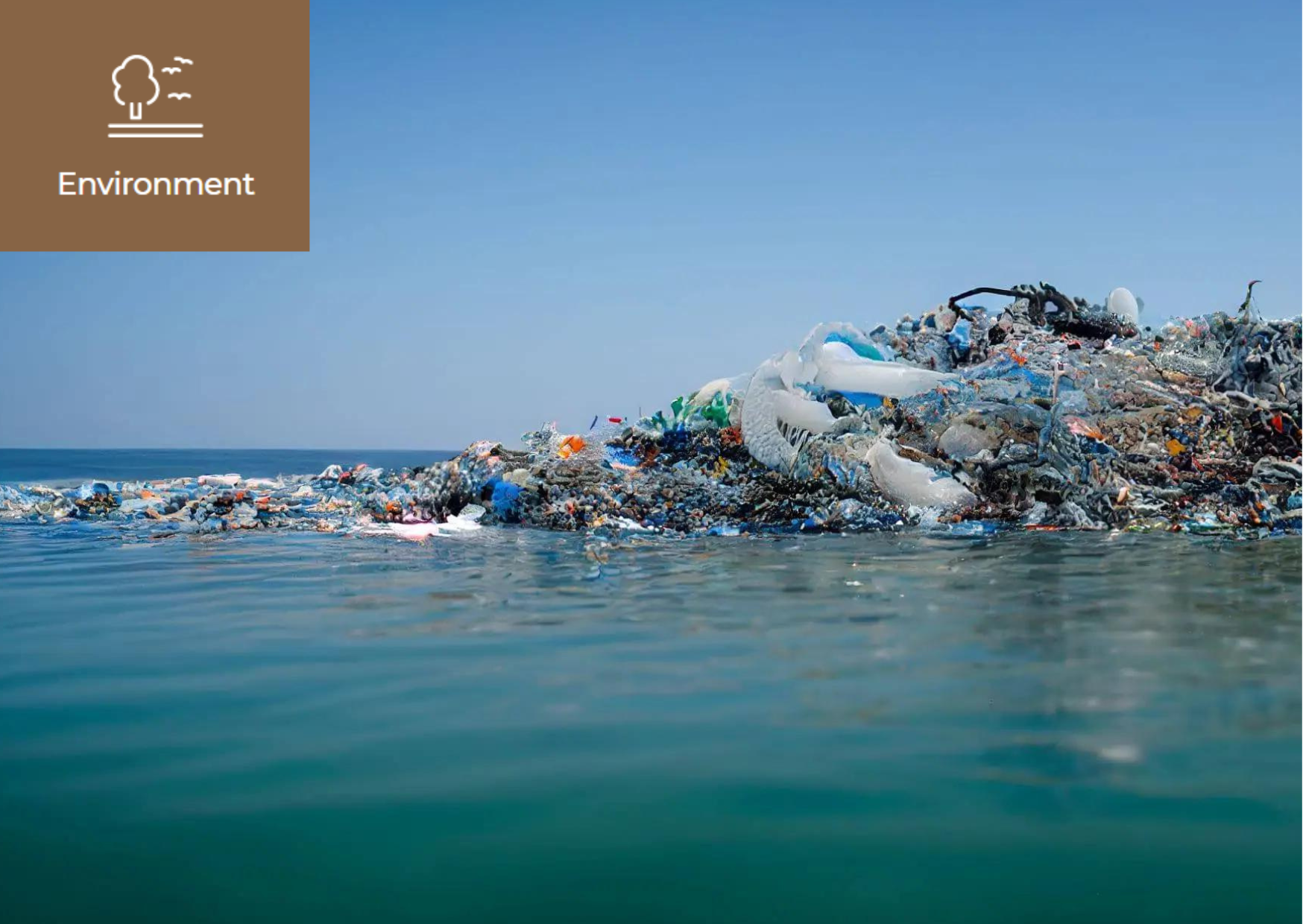 What is Great Pacific Garbage Patch? 11 July 2023
What is Great Pacific Garbage Patch? 11 July 2023

![[What is Sustainable Agriculture?] 이미지](http://sunhakpeaceprize.org/data/bbsData/17603454279.png)